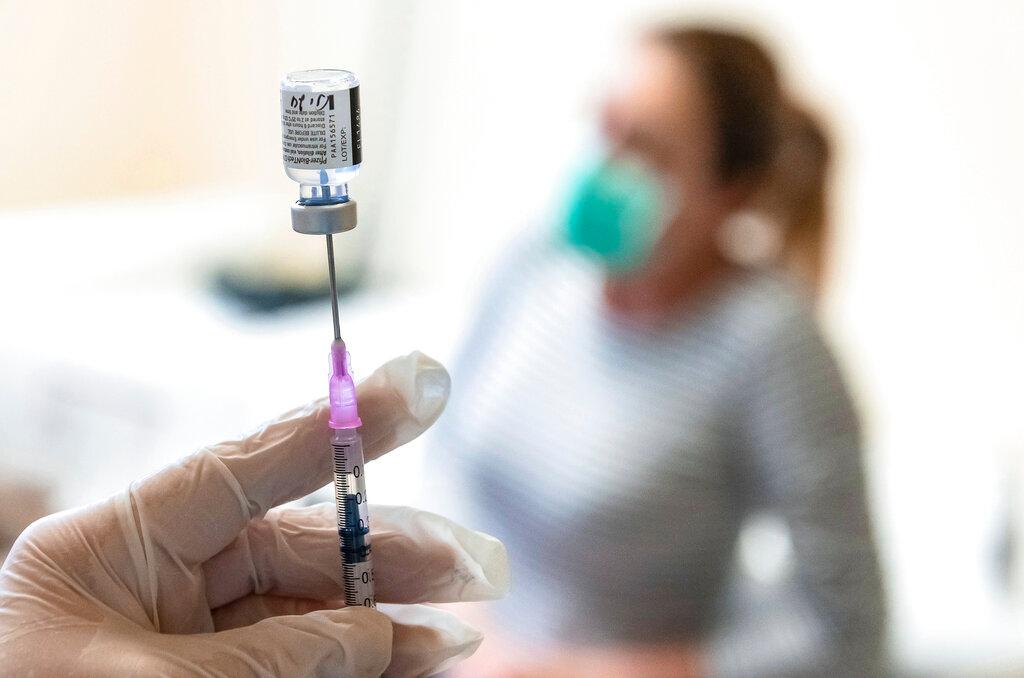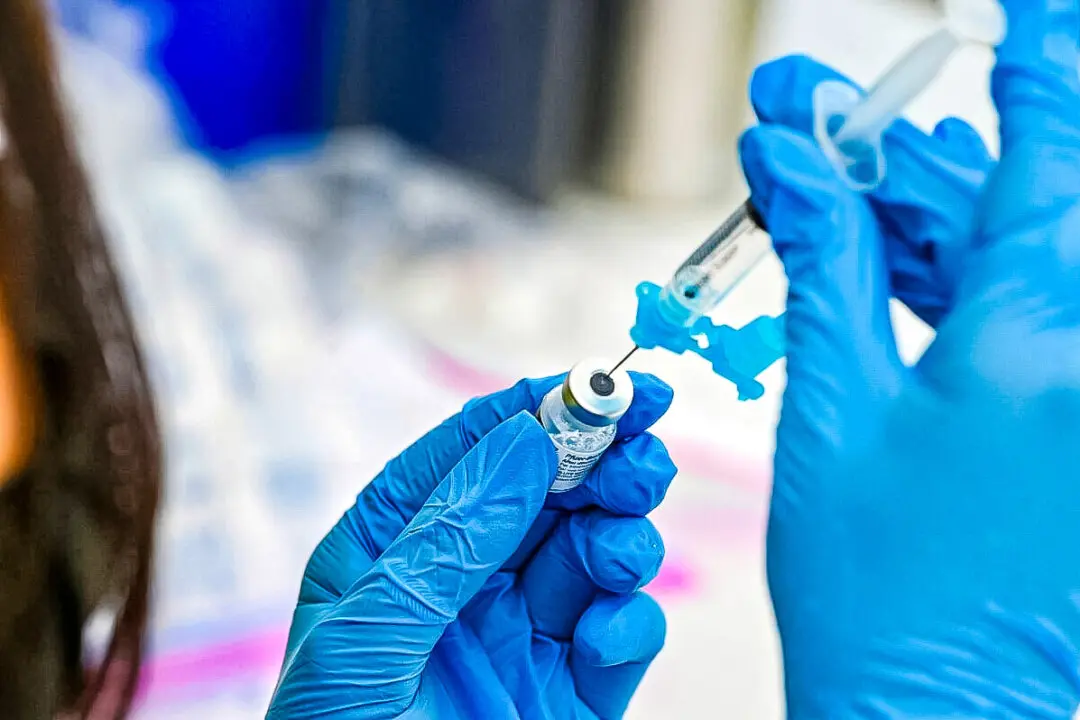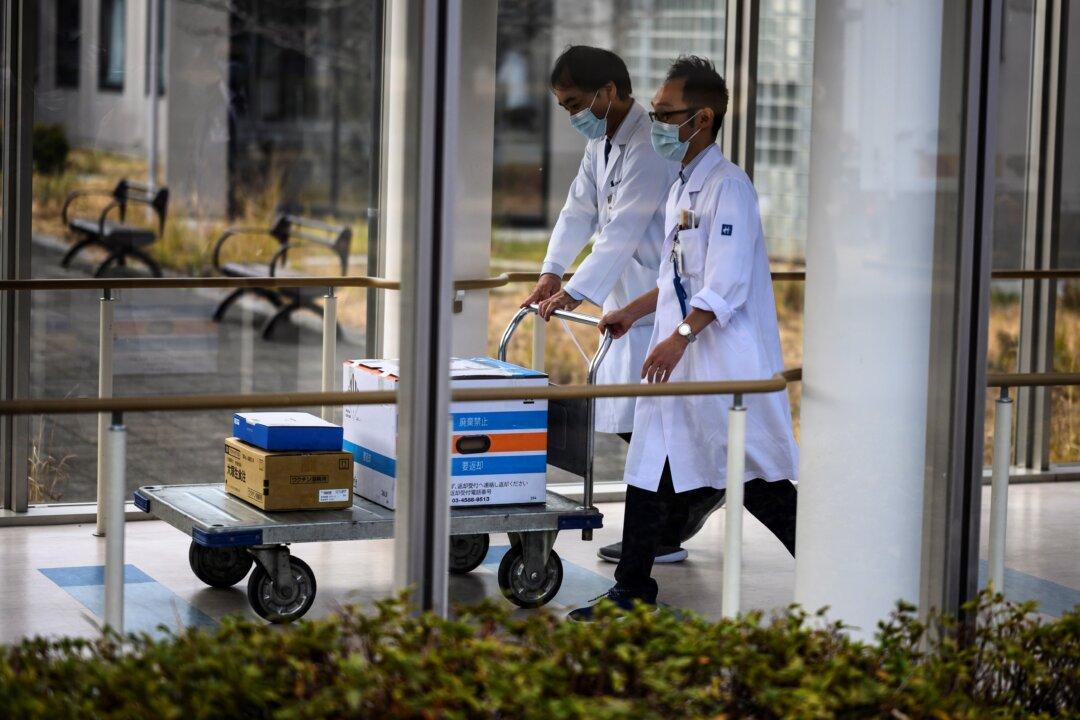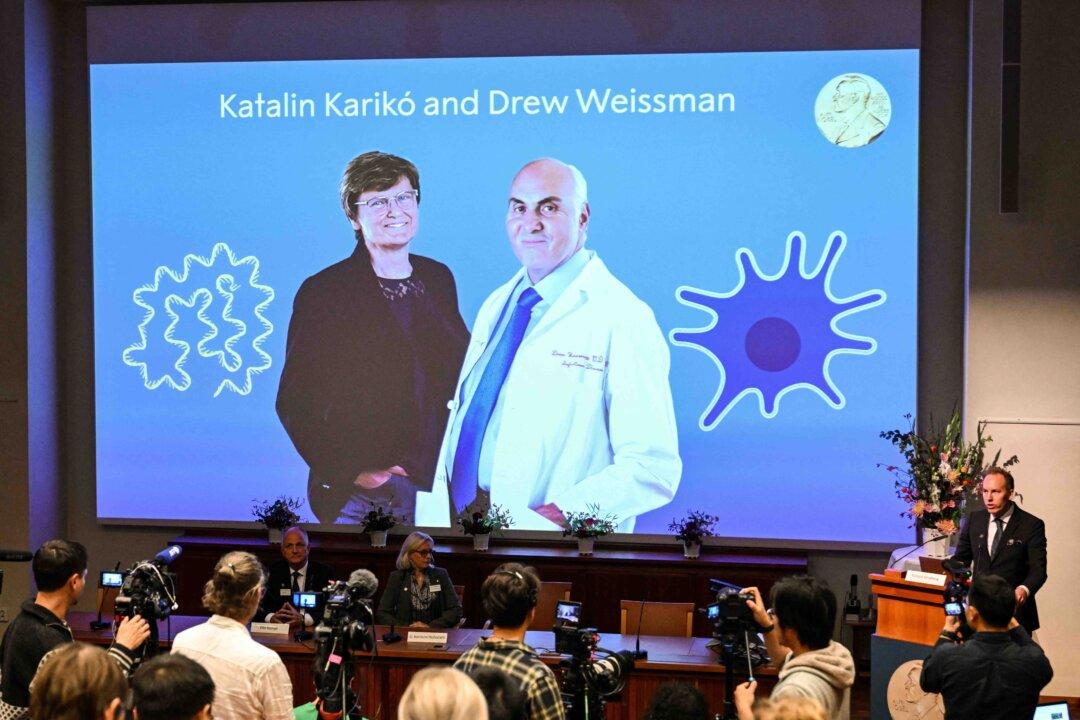Commentary
I was a young vaccine research scientist when SARS-CoV-1 emerged in China and spread around the world in 2003, killing 811 people. Our team jumped on the newly available SARS-CoV genomic sequence, applying the then state-of-the-art bioinformatics tools to design a vaccine against the disease. In the end, the project did not move forward as the disease eventually disappeared.





